Author: Paul Amico
Native to the southwest German town of Tettnang, from which it gets its name, Tettnanger is one of the four classic noble hop varieties that’s known to impart beer with delicate floral, herbal, and spice characteristics. Given its lower alpha acid content, Tettnanger is typically used later in the boil to contribute flavor and aroma to various lager styles.
 Alpha: 2.5 – 5.5%
Alpha: 2.5 – 5.5%
Beta: 3.0 – 5.0%
Cohumulone: 22 – 28% of alpha acids
Total Oil: 0.5 – 0.9 mL / 100g
Myrcene: 20 – 35%
Humulene: 22 – 32%
Caryophyllene: 6 – 11%
Farnesene: 16 – 24%
Linalool: > 1%
Geraniol: > 1%
ß-Pinene: > 1%
Parentage: German landrace variety
Over the years, I’ve had many beers made with Tettnanger, most of which were lightly hopped lagers, and I’m a huge fan of this variety. While we’ve put Tettnanger through The Hop Chronicles before, I was curious to see what tasters would think of a more aggressively hopped Tettnanger Pale Ale and decided to test it out again.
| MAKING THE BEER |
I went with our standard Hop Chronicles Pale Ale recipe for this batch, making small adjustments to the kettle hop additions to ensure balanced bitterness.
Tettnanger Pale Ale
Recipe Details
| Batch Size | Boil Time | IBU | SRM | Est. OG | Est. FG | ABV |
|---|---|---|---|---|---|---|
| 5.5 gal | 60 min | 34.7 | 3.4 SRM | 1.053 | 1.006 | 6.17 % |
| Actuals | 1.053 | 1.006 | 6.17 % | |||
Fermentables
| Name | Amount | % |
|---|---|---|
| Pelton: Pilsner-style Barley Malt | 12 lbs | 100 |
Hops
| Name | Amount | Time | Use | Form | Alpha % |
|---|---|---|---|---|---|
| Tettnanger | 26 g | 60 min | Boil | Pellet | 3.9 |
| Tettnanger | 36 g | 30 min | Boil | Pellet | 3.9 |
| Tettnanger | 46 g | 15 min | Boil | Pellet | 3.9 |
| Tettnanger | 56 g | 2 min | Boil | Pellet | 3.9 |
| Tettnanger | 56 g | 4 days | Dry Hop | Pellet | 3.9 |
Yeast
| Name | Lab | Attenuation | Temperature |
|---|---|---|---|
| Flagship (A07) | Imperial Yeast | 77% | 32°F - 32°F |
Notes
| Water Profile: Ca 92 | Mg 1 | Na 10 | SO4 153 | Cl 50 |
Download
| Download this recipe's BeerXML file |
I started off my brew day by collecting the full volume of filtered water, which I adjusted to my desired profile.
After flipping the switch on my controller to heat the water up, I weighed out and milled the grain.
When the water was properly heated, I incorporated the grains and set the controller to maintain my desired mash temperature of 152°F/67°C before preparing the kettle hop additions.
Once the 60 minute mash rest was complete, I removed the grains and let them drip into the kettle as the wort was heating up.
I proceeded to boil the wort for 60 minutes, adding hops at the times stated in the recipe. When the boil was complete, I used my CFC to chill the wort during transfer to a sanitized FermTank.
A refractometer reading showed the wort was at my target OG.
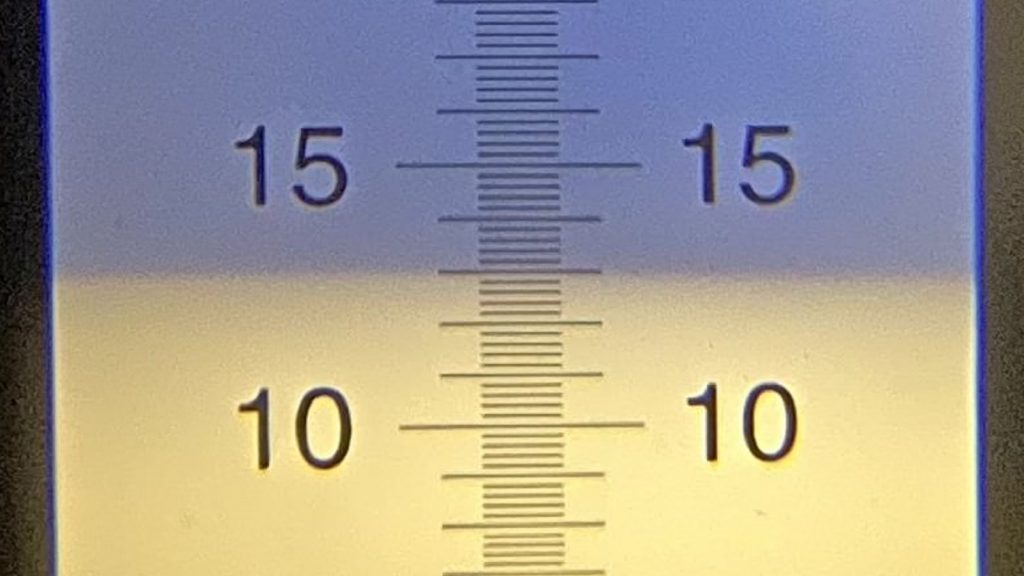
Next, I direct pitched a single pouch of Imperial Yeast A07 Flagship into the wort.
The beer was left to ferment at 66°F/19°C for 2 weeks before I took a hydrometer measurement confirming FG was reached.
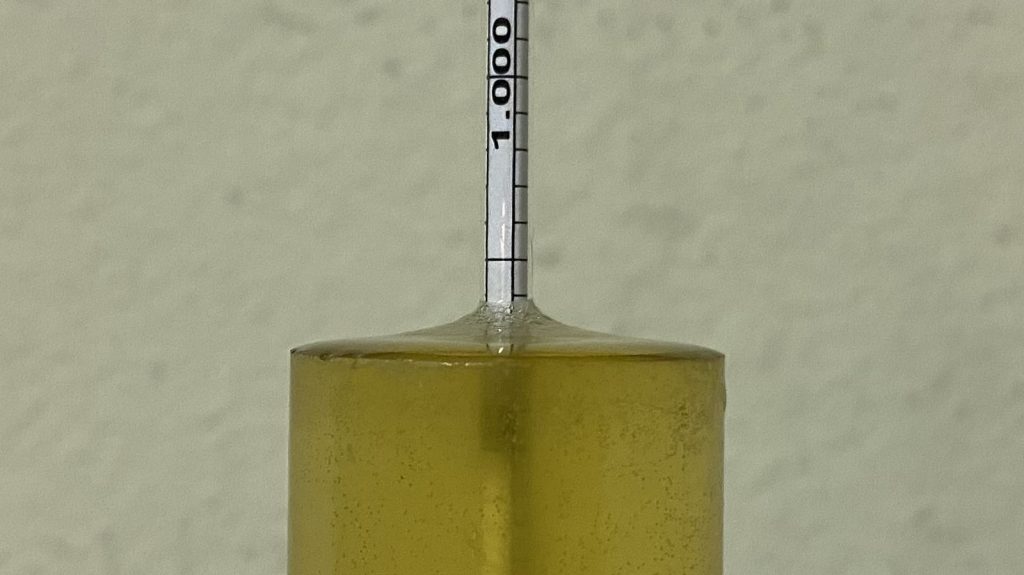
With fermentation complete, I transferred the beer to a CO2 purged keg.
The filled keg was placed in my keezer and burst carbonated overnight before I reduced the gas to serving pressure. After a week of conditioning, I began serving it to blind tasters.
| METHOD |
Participants were instructed to focus only on the aromatic qualities of the beer before evaluating the flavor. For each aroma and flavor descriptor, tasters were asked to write-in the perceived strength of that particular characteristic on a 0-9 scale where a rating of 0 meant they did not perceive the character at all and a 9 rating meant the character was extremely strong. Once the data was collected, the average rating of each aroma and flavor descriptor was compiled and analyzed.
| RESULTS |
A total of 42 people participated in the evaluation of this beer, all blind to the hop variety used until after they completed the survey. The average aroma and flavor ratings for each descriptor were plotted on a radar graph.
Average Ratings of Aroma and Flavor Perceptions
The 3 characteristics endorsed as being most prominent by participants:
| Aroma | Flavor |
| Citrus + Tropical Fruit (tie) | Citrus |
| Apple/Pear | Grassy + Earthy/Woody |
| Floral | Floral |
The 3 characteristics endorsed as being least prominent by participants:
| Aroma | Flavor |
| Onion/Garlic + Dank/Catty | Berry + Onion/Garlic (tie) |
| Spicy/Herbal | Melon |
| Pine | Dank/Catty |
When asked to rate the pungency/strength of the hop, most tasters perceived it as being mildly to moderately pungent.
Tasters were then instructed to identify beer styles they thought the hop would work well in.
Finally, participants were asked to rate how much they enjoyed the hop character on a 1 to 10 scale.
My Impressions: I was shocked with how much fruit I got from this beer. It wasn’t anything similar to the pungency of modern IPA varieties, but to my palate, the fruit character was more prominent than anything else, though I also perceived decent amounts of floral with hints of spice in the background.
| CONCLUSION |
As a classic noble hop, Tettnanger is most commonly used in clean lagers, contributing its floral and spicy goodness to styles like Helles, Pilsner, Dunkel, and Schwarzbier. When designing hoppier Pale Ale and IPA recipes, this likely isn’t a variety most brewers are going to think of using. Interestingly, at the relatively high proportion used in this Hop Chronicles Pale Ale, tasters rated citrus as being the most prominent aroma and flavor characteristic, with the more expected floral and earthy/woody notes also being rated quite highly.
Presumably as a function of Tettnanger’s lower oil content, tasters rated the pungency of the hop character in this beer as mild to moderate, which some folks in post-survey conversations said contributed to its drinkability. Also, while APA/IPA was the most endorsed style people felt Tettnanger would work well in, pale lager was the next highest rating, which is interesting given how the hopping rate of this beer.
Tettnanger is my favorite of the noble hops, as I feel it imparts a uniquely potent floral character when I use in lager styles. I wasn’t sure what I was expecting for this single-hop Pale Ale, but it certainly wasn’t the punch of citrus I perceived, which left me wondering how Tettnanger might work in combination with more modern varieties as a late addition or dry hop in an IPA. Overall, I’m still in love with Tettnanger and will always have some on hand for lagers, though I look forward to experimenting with it more in the future!
Tettnanger hops are available now at Yakima Valley Hops, get some while you can! If you have any thoughts on this variety, please feel free to share them in the comments section below.
Support Brülosophy In Style!
All designs are available in various colors and sizes on Amazon!
Follow Brülosophy on:
FACEBOOK | TWITTER | INSTAGRAM
If you enjoy this stuff and feel compelled to support Brulosophy.com, please check out the Support page for details on how you can very easily do so. Thanks!


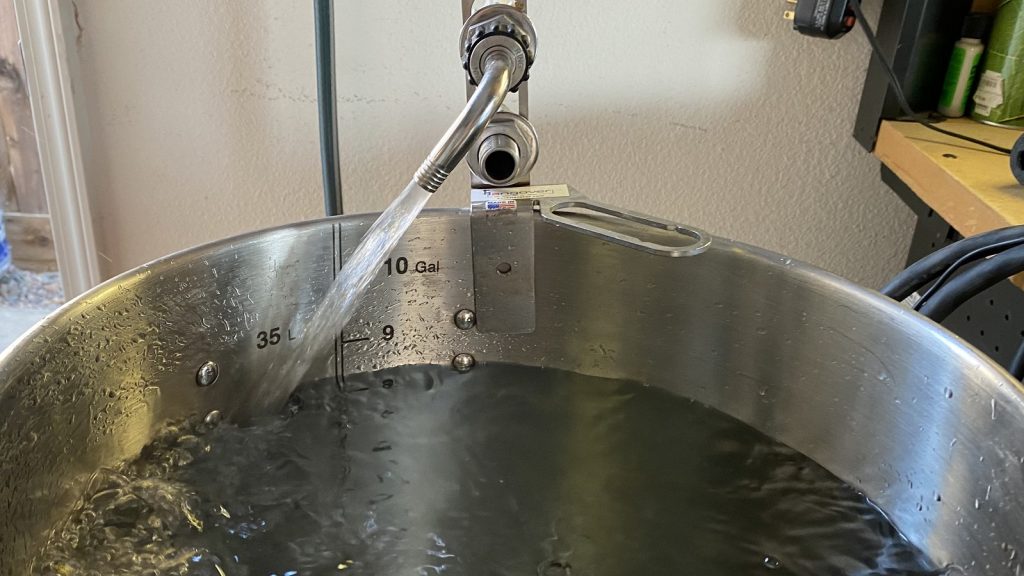
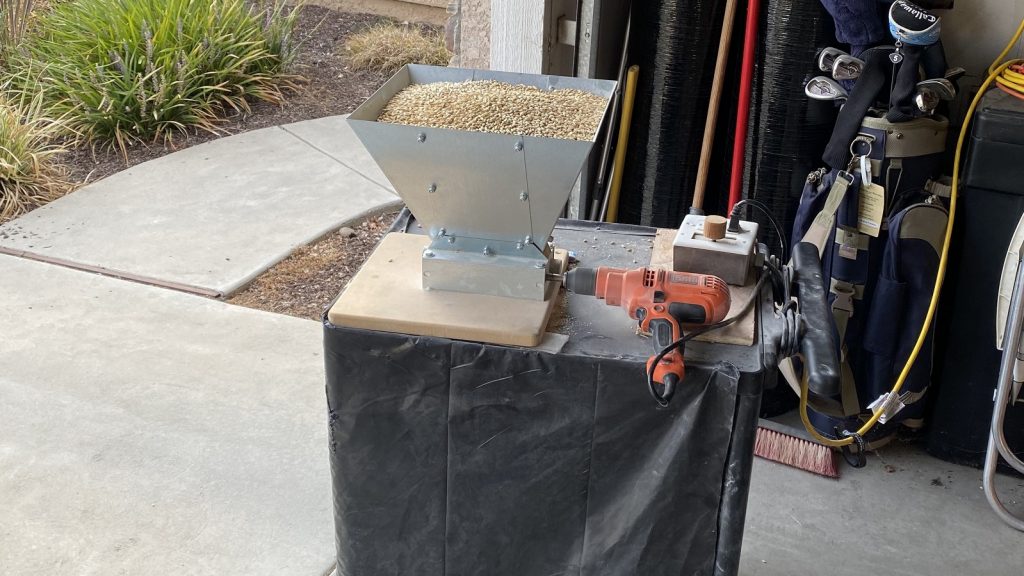
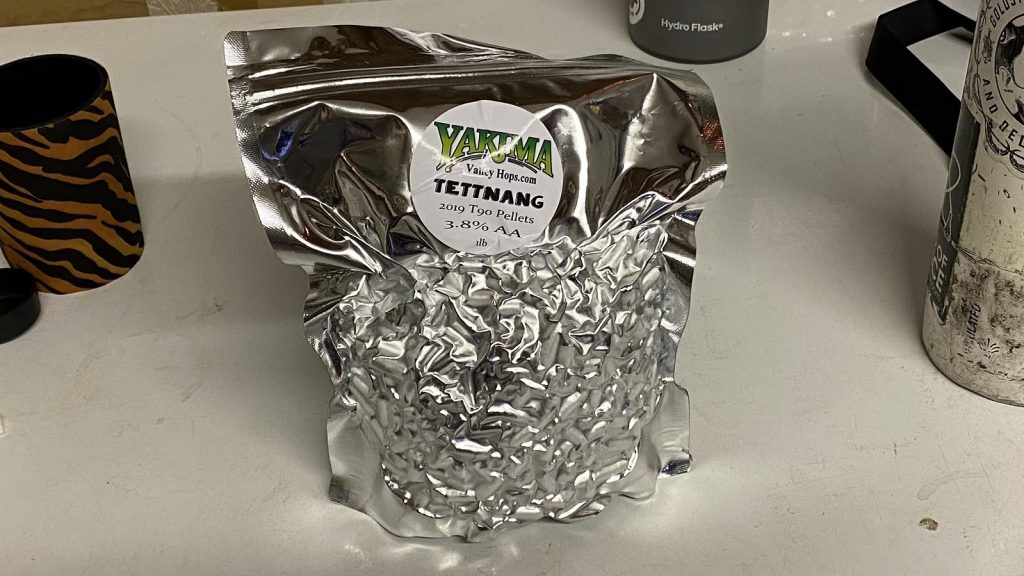
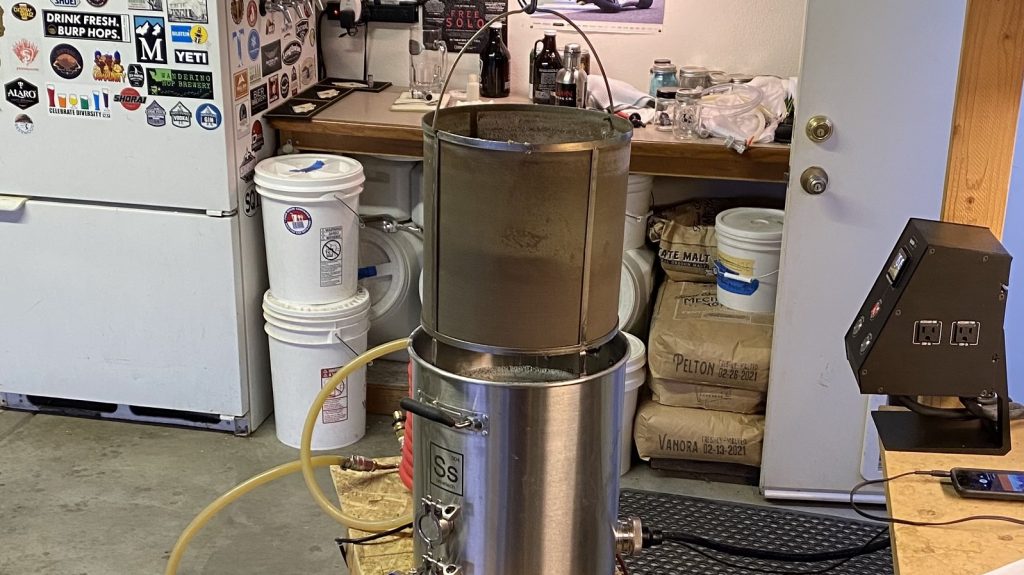
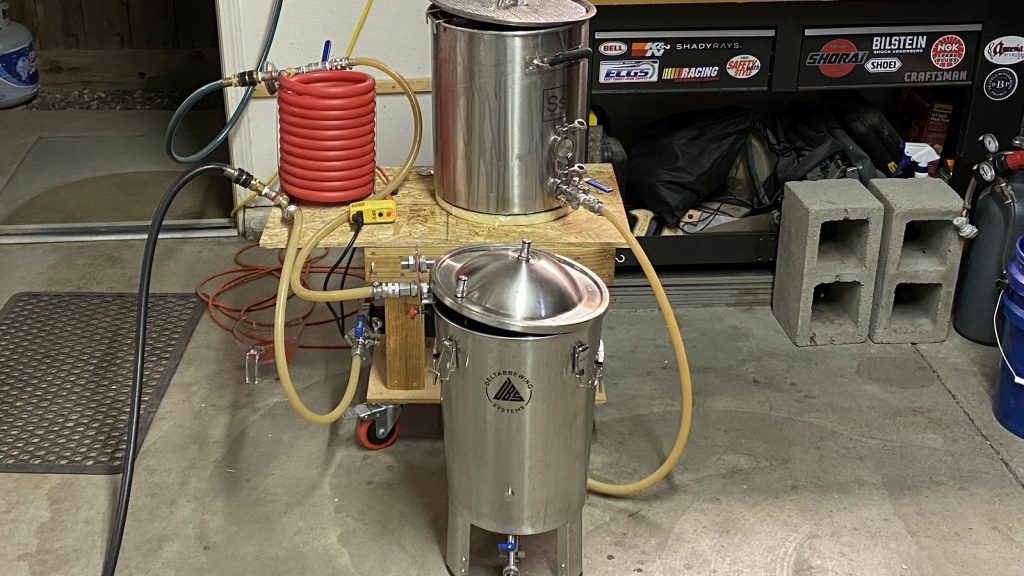
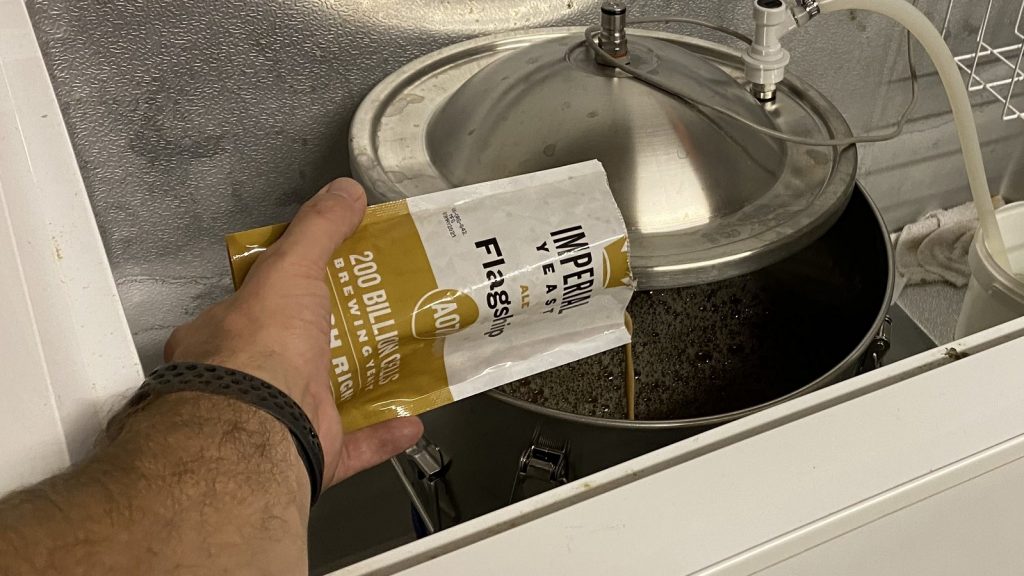
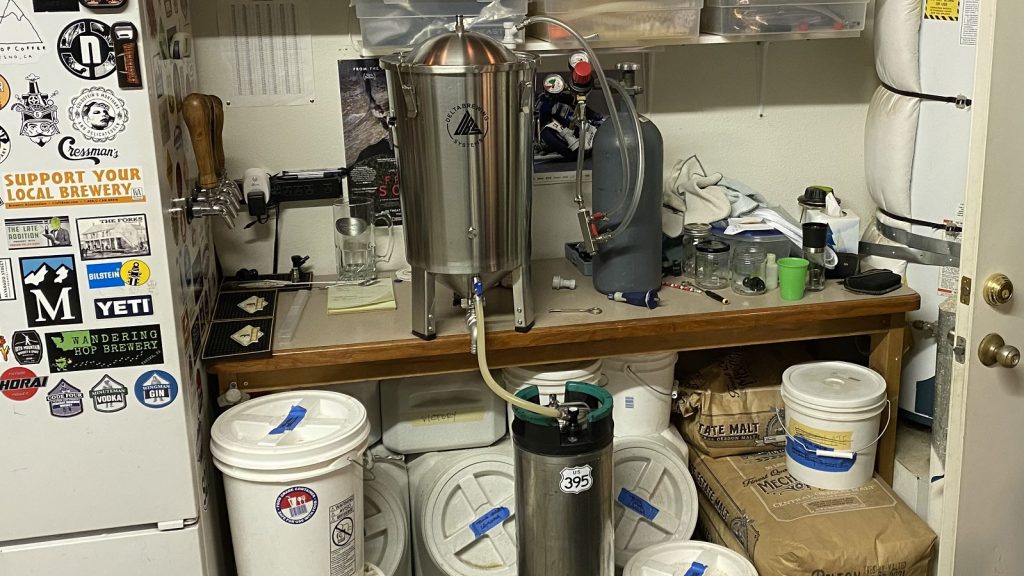
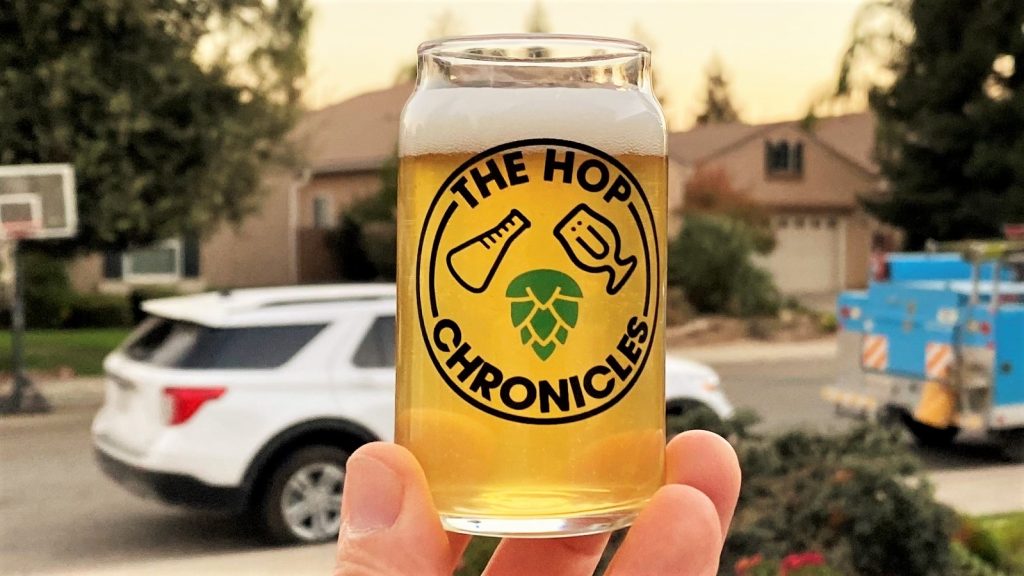

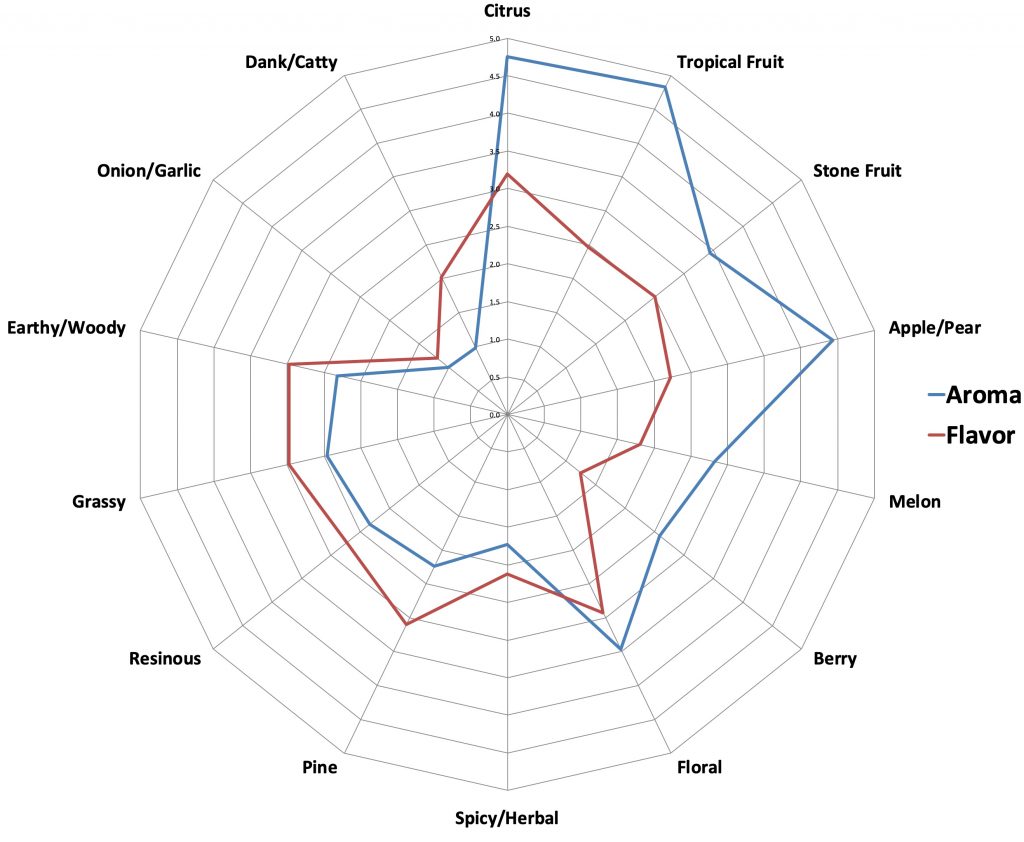
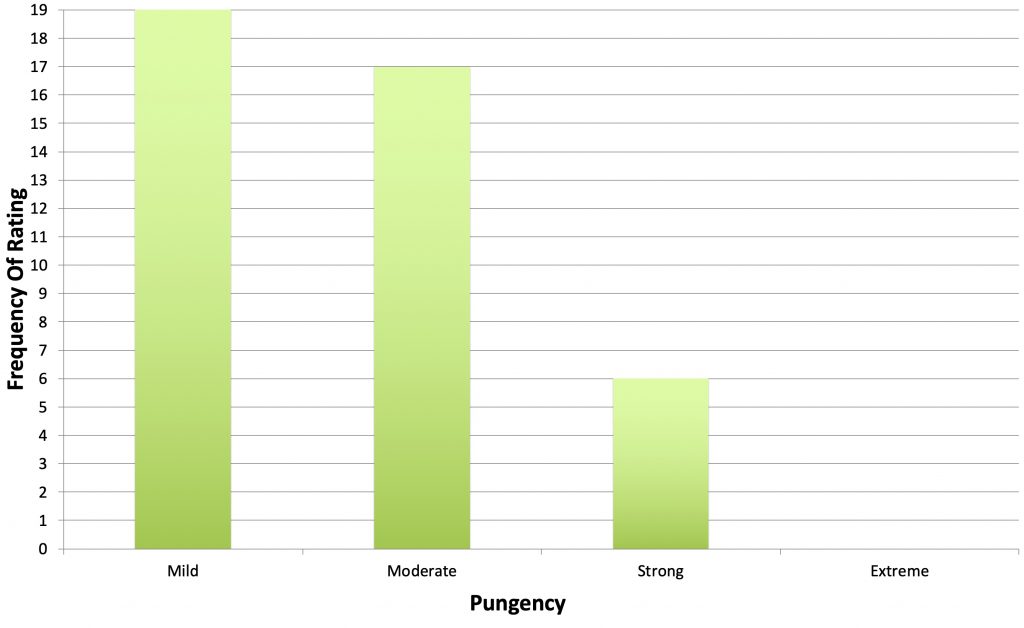
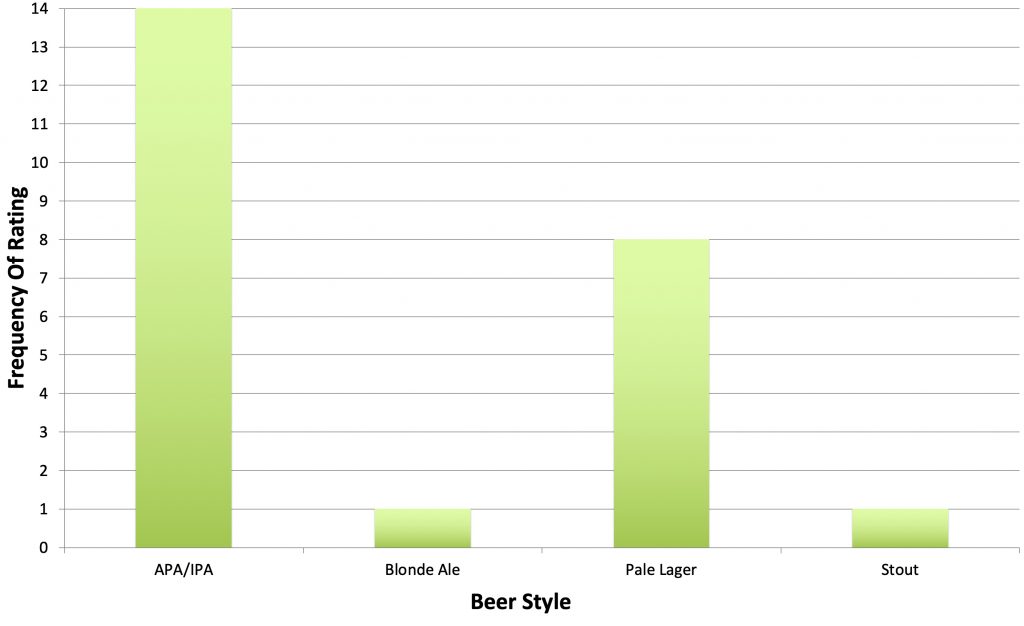
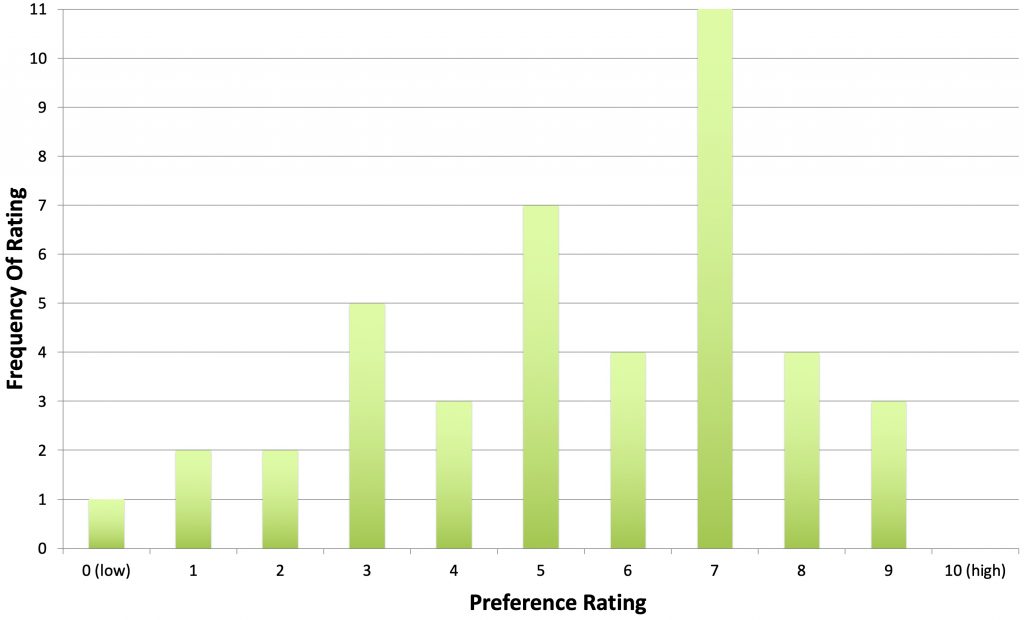











4 thoughts on “The Hop Chronicles | German Tettnanger (2019) Pale Ale”
Thank you! This confirms that I am not crazy when I have asserted many times over the years that I get citrus out of German Tettnanger. 🙂
Yup. Many people seem to think the “modern” varieties somehow got the citrus flavours out of nowhere (possibly via cross-breeding with a pineapple?), whereas they can be found, to a varying degree, in many more traditional varieties as well.
I dry hopped a pale ale with tettnanger and saaz and expected spicy herbal aroma but I was surprised to get citrus and tropical fruit. It was one of the best beers I’ve made! The longer i left the hops in the keg the fruitier it got. Maybe a large flameout addition instead will give the spicy, herbal aroma
I always love reading your beer experiments, because it gives me a better understanding on how to evaluate our home brews